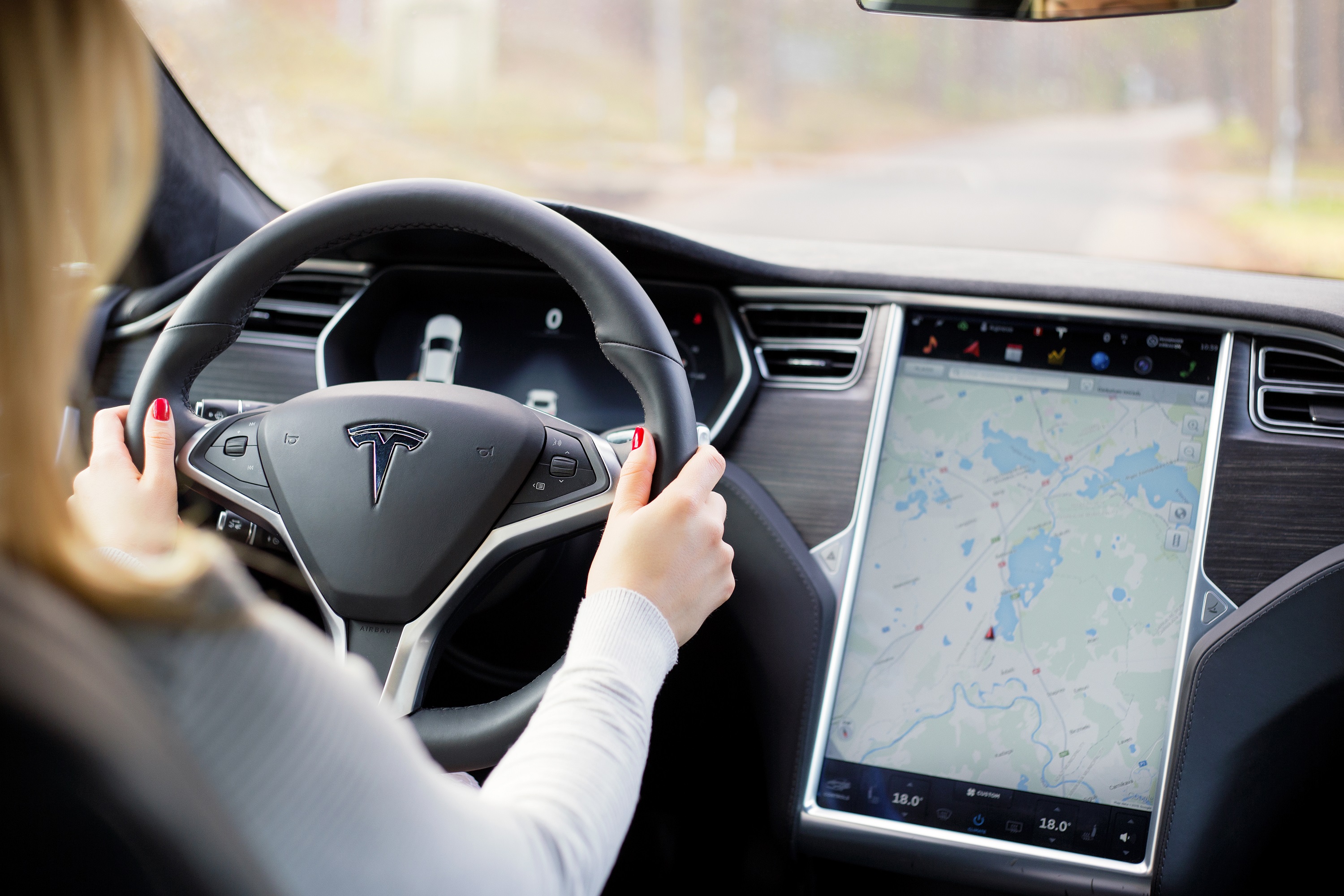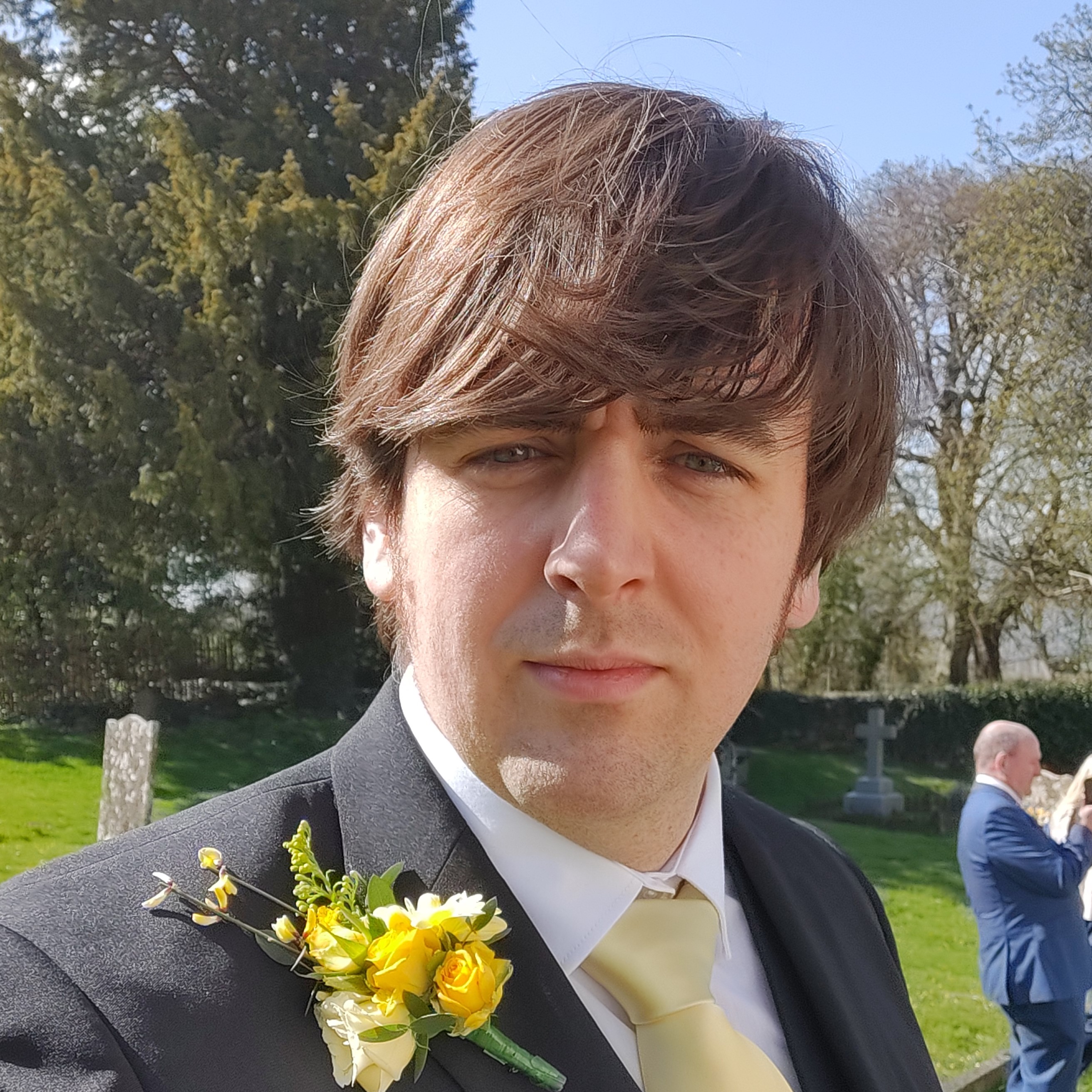Tesla 'hustled' to develop Autopilot after fatal crash
The death of a cyclist created a sense of urgency

Tesla has always been quite open with its push to make cars autonomous, to the point where CEO Elon Musk has been a bit overly optimistic about the company’s future progress.
But why has Tesla been so pushy with Autopilot and autonomy? According to Elon Musk it’s the result of an incident involving a Tesla driver falling asleep, which led to the death of a cyclist.
- Everything you need to know about the Tesla Roadster 2022
- Tesla Model S vs Tesla Model X: What's the difference?
- Plus: U.S. gov't probing Tesla's Autopilot after series of crashes
Reason we hustled so much to get Autopilot V1 out was that someone driving non-Autopilot Tesla fell asleep, crashed & killed cyclist (Tesla driver was uninjured).Driver nonetheless sued us saying new car smell made him fall asleep (sigh). Judge didn’t agree.July 31, 2021
This bit of information came out following the story of a Norwegian Tesla owner who was caught driving drunk, and falling asleep behind the wheel. Evidently Autopilot recognised that he wasn’t paying attention to the road, and brought the car to a complete stop.
According to Musk, a similar sort of story is the reason why the automaker pushed so hard to get the first version of Autopilot out to Tesla customers. In that instance a driver fell asleep at the wheel, crashed and killed a cyclist in the process.
While it’s not clear what caused the driver to fall asleep at the wheel, the driver later filed a lawsuit claiming that the new car smell made him fall asleep. Unsurprisingly, that lawsuit was not successful.
Autopilot eventually launched in October of 2014, and has steadily been upgraded and improved over the years. It’s still not complete driver autonomy, but it is a tool designed to assist drivers — and ideally make their journeys easier and safer.
Of course, the system is not without its criticism. The name ‘Autopilot’ has been accused of being misleading since it’s not completely autonomous. Musk has adamantly defended it since it’s based on the aircraft autopilot systems that are also not completely autonomous.
Get instant access to breaking news, the hottest reviews, great deals and helpful tips.
Tesla has also faced criticism over safety concerns, and recently that was leveled at the fact the company is using its drivers as unqualified safety testers rather than doing everything in private with qualified personnel. Tesla’s Model 3 and Model Y also lost their IIHS safety ratings after dropping radar from Autopilot systems, though both cars have since regained that certification.
But if what Musk says is true, then it shows that Tesla’s heart is in the right place. While Autopilot has been involved in some high profile crashes, there are always going to be instances where the system prevented some sort of disaster and the majority of us will never know. Which can only be a good thing.
- More: What we know about the Tesla Cybertruck

Tom is the Tom's Guide's UK Phones Editor, tackling the latest smartphone news and vocally expressing his opinions about upcoming features or changes. It's long way from his days as editor of Gizmodo UK, when pretty much everything was on the table. He’s usually found trying to squeeze another giant Lego set onto the shelf, draining very large cups of coffee, or complaining about how terrible his Smart TV is.
